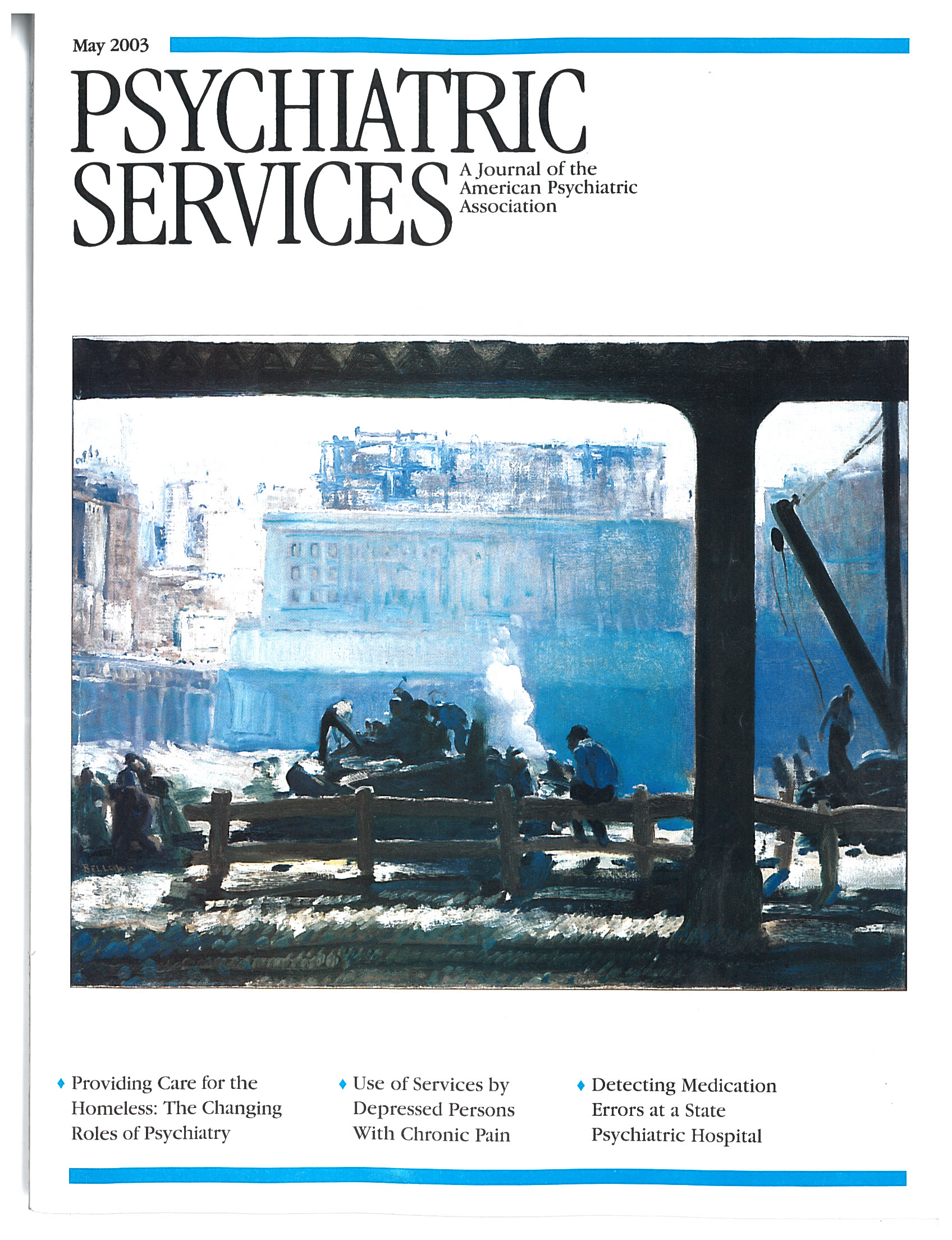Treatment Adherence Associated With Conventional and Atypical Antipsychotics in a Large State Medicaid Program
Abstract
OBJECTIVES: Rates of medication adherence over a one-year period were assessed among outpatients with schizophrenia who initiated therapy with conventional or atypical antipsychotic agents. METHODS: Data were drawn from paid medical and pharmacy claims for a random sample of 10 percent of all California Medicaid ("Medi-Cal") recipients. Outpatients with schizophrenia who were aged 18 years or older and who initiated monotherapy with a conventional or atypical antipsychotic medication in the last quarter of 1997 were identified. The percentages of patients who discontinued antipsychotic therapy or who had a switch in medications over a one-year period were determined. The use of selected concomitant medications was also assessed. Data were analyzed by means of chi square tests and multivariate statistics that adjusted for demographic and clinical differences between medication groups. RESULTS: A total of 298 patients who initiated therapy with a conventional (N=93) or atypical (N=205) antipsychotic medication were identified. The groups were similar in mean age (about 42 years) and gender distribution (about 54 percent were male). Compared with patients who received conventional antipsychotics, those receiving atypical antipsychotics were significantly less likely to have a switch in medication and to use concomitant anticholinergic and anxiolytic medications. In each group, antipsychotic medication was available for about 60 percent of days over one year of follow-up. CONCLUSIONS: Compared with the use of conventional antipsychotics, the use of atypical antipsychotic medications was associated with significantly less treatment switching and less use of concomitant medications. However, undertreatment, evidenced by a lack of prescription refills, occurred among patients taking both medication classes, which highlights the need for further research on nonadherence.



